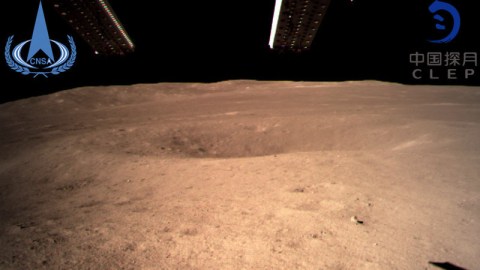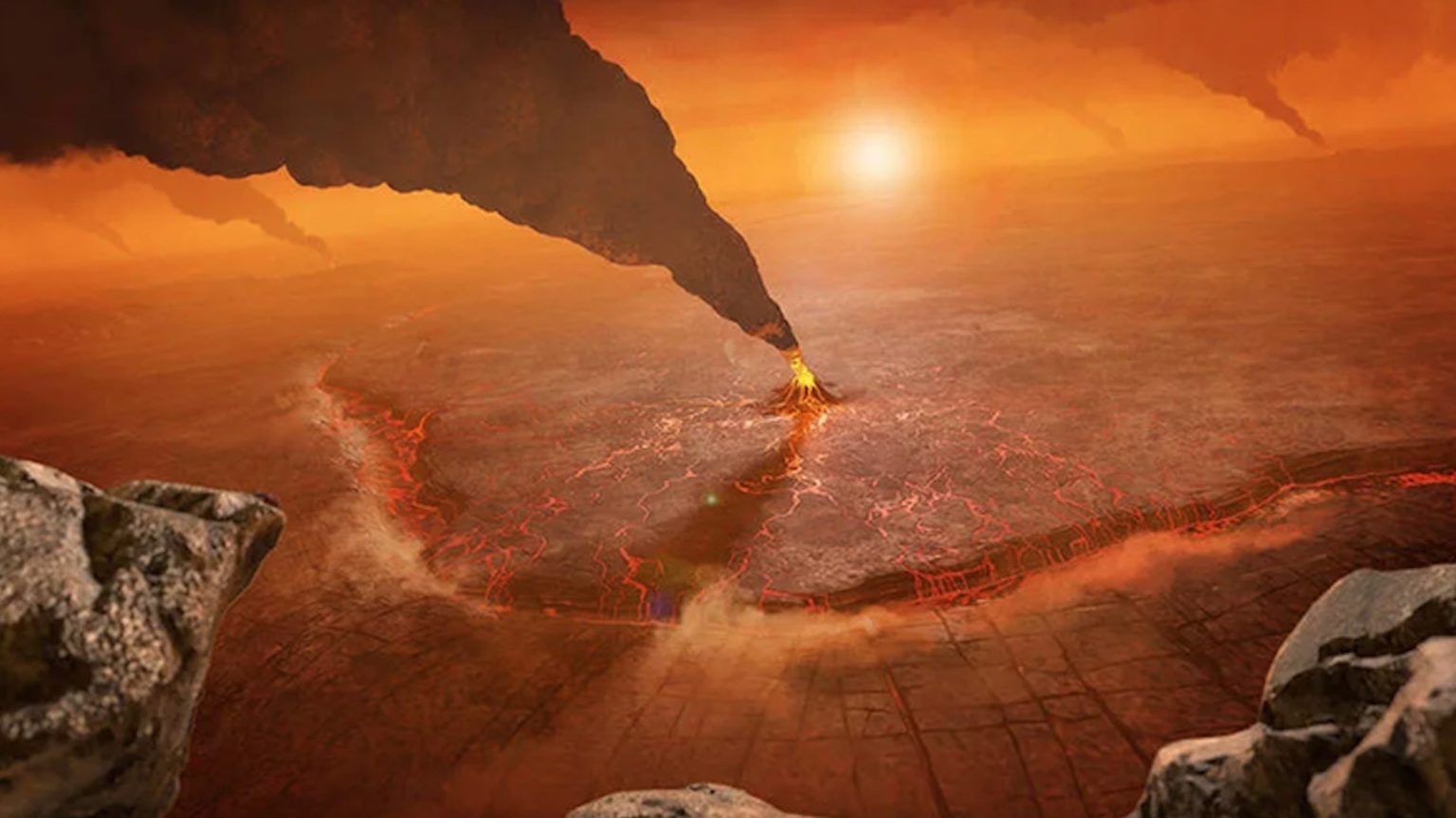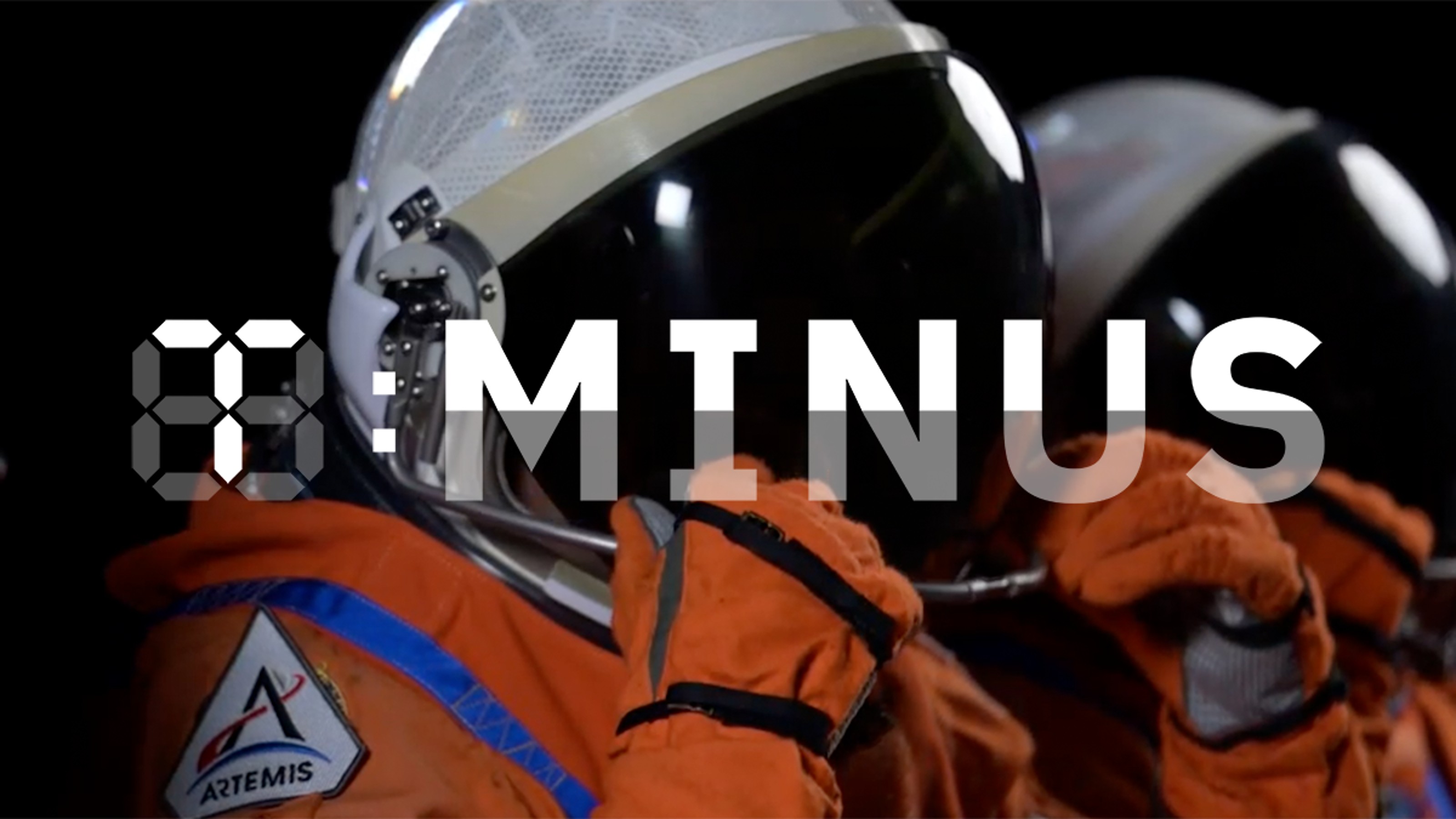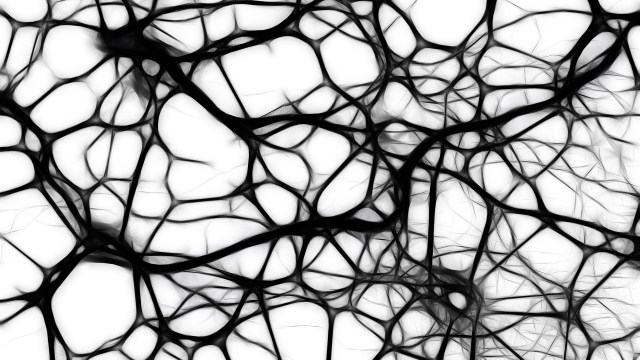China’s lunar rover nabs the first surface photos of the moon’s ‘dark’ side

China National Space Administration via Xinhua News Agency
- China’s lunar rover is outfitted with cameras and other equipment designed to collect data from a crater near the moon’s southern pole.
- Studying the far side of the moon could provide scientists with a better understanding of what gave rise to the conditions necessary for life on Earth.
- In addition to scientific discoveries, China also likely plans to use the data from its mission to better plan future mining operations.
China successfully landed a spacecraft on the far side of the moon on Wednesday, marking a world first that comes just 16 years after the nation launched its first astronaut into space.
Speaking with China Global Television Network, a state-operated English TV channel, spaceflight expert Yang Yuguang, who is affiliated with the China Aerospace Science & Industry Corporation, said the new feat is “a milestone” for the nation’s lunar exploration project.
In the United States, NASA Administrator Jim Bridenstine called the landing “an impressive accomplishment” on Twitter.
The unmanned spacecraft, dubbed the Chang’e 4, is carrying a 300-pound rover that’s designed to use cameras, ground-penetrating radar and spectrometers to collect data from the lunar surface, particularly from the Von Kármán crater, the oldest and deepest on the moon. This crater lies in the South Pole-Aitken Basin, a 1,600-mile-wide impact crater that was likely formed when a massive asteroid collided with the moon and brought some material from its upper mantle to the surface.
China’s mission control are expected to ensure the rover is operating effectively before attempting to collect data. China, whose burgeoning space program launched more rockets into orbit than any other nation in 2018, hopes to use its rover to learn more about the origins and evolution of the moon. In coming years, the Chang’e 5 and 6 missions are scheduled to retrieve lunar samples and bring them back to Earth.
Why can’t we see the far side of the moon?
The answer isn’t because the moon doesn’t rotate — it does — but rather because the moon’s rotational period matches its orbital period around the Earth. In other words, the moon takes about 27 days to orbit our planet once, and during that same time period the moon also rotates around its own axis exactly once. So, only one side of the moon ever faces Earth.
(By the way, calling it the “dark side of the moon” isn’t accurate because the far side of the moon gets plenty of sunlight.)
Interestingly, the moon and the Earth weren’t always in synch with each other. But over billions of years, the pull of Earth’s gravity actually changed the shape of the moon, forming slight bulges in some places. Now, these bulges help keep the moon oriented toward our planet at all times. What’s more, the moon’s gravity also exerts itself on the Earth, causing ocean tides to shift as the Earth rotates.

In 1959, humans caught the first glimpse of the far side of the moon after the Soviet spacecraft Luna 3 snapped a couple dozen photographs in a landmark mission.

Photos from Luna 3
The images proved what many scientists had hypothesized: The far side of the moon looks very different from the side we always see because it’s been bombarded by countless asteroids over the eons, a result of constantly facing the cosmos.
During the Apollo 8 mission in 1968, NASA astronaut Bill Anders described the far of the moon to mission control:
The backside looks like a sand pile my kids have been playing in for a long time… It’s all beat-up, no definition… Just a lot of bumps and holes.
Here’s a more recent photo of the far side of the moon, taken by NASA’s Lunar Reconnaissance Orbiter in 2011.

Why study the far side of the moon?
One goal of China’s mission to determine approximately when the South Pole-Aitken Basin was created. Interestingly, the bombardment of the southern region of the moon by asteroids seems to have occurred around the same time life appeared on Earth. This might give scientists clues about what creates the conditions for life on planets.
“Understanding the intensity and timing of the bombardment is important as… that was going on about the same time that life appeared on Earth,” Ian Crawford, professor of planetary science and astrobiology at Birkbeck University, London, told The Guardian. “The Earth has lost its record of that very early time.”
In addition to studying the basin, China’s lander will also conduct a biology experiment that will see whether plant seeds will germinate and silkworm eggs will hatch in the moon’s low gravity. Outside of science, China likely has other motivations: collecting data for future mining operations.
“This is a major achievement technically and symbolically,” Namrata Goswami, an independent analyst who wrote about space for the Defense Department’s Minerva Research Institute, told the New York Times. “China views this landing as just a stepping stone, as it also views its future manned lunar landing, since its long-term goal is to colonize the moon and use it as a vast supply of energy.”





